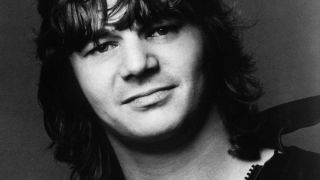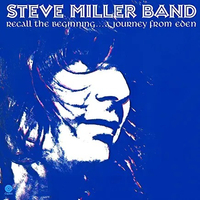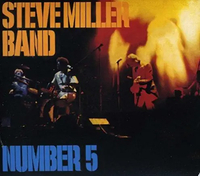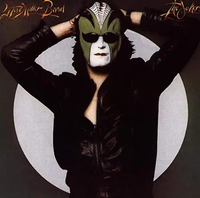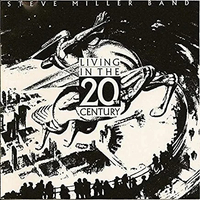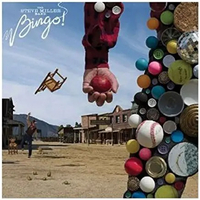Some people call him The Space Cowboy, some call him The Gangster Of Love. Others know Milwaukee-born Steve Miller’s commercial transition to superstardom thanks to his hit singles The Joker and Abracadabra, but there is more to this guitarist/singer/songwriter/bandleader than slick 70s/80s FM hits.
Miller’s background is unusual. His liberal parents were friends of Les Paul and Mary Ford, who gave six-year-old Steve guitar lessons. When the family moved to Dallas, T-Bone Walker was another house guest who taught Miller the blues. “He showed up in a pink Cadillac convertible with leopard-skin seats,” Miller remembers. “I took a look and thought: ‘When I grow up, that’s what I wanna do.’”
Aged 14 he was in Chicago with a high-school band backing Jimmy Reed, and later jamming with Paul Butterfield, Muddy Waters, Howlin’ Wolf and Buddy Guy. He studied literature at universities in the US and Copenhagen, then borrowed dad’s VW hippie wagon and drove to San Francisco in time to catch the Butterfield Blues Band and Jefferson Airplane at the Fillmore auditorium, and befriend Jimi Hendrix at the Monterey festival.
His views on the West Coast scene were harsh. “There were a lot of ‘folk musicians’ who’d seen A Hard Day’s Night and wanted to be pop stars, but they couldn’t earn twenty-five dollars in Texas. I’d already played two thousand gigs before I got to Frisco. I wasn’t impressed.”
After backing Chuck Berry at the Fillmore, the Steve Miller Band signed to Capitol and released a straight run of brilliant psychedelic blues albums with English producer Glyn Johns, culminating in the epic Recall The Beginning… A Journey From Eden.
Despite good album sales SMB received scant airtime until The Joker came along. Fame and fortune followed, and in recent years Miller has concentrated on old blues favourites. And he is ever recalcitrant.
After being inducted into the Rock And Roll Hall Of Fame in 2016, in an interview with Rolling Stone he said: “This whole industry fucking sucks and this little get-together you guys have here is like a private boys’ club and it’s a bunch of jackasses and jerks and fucking gangsters and crooks who’ve fucking stolen everything from a fucking artist.”
Yep, it’s Miller time.

